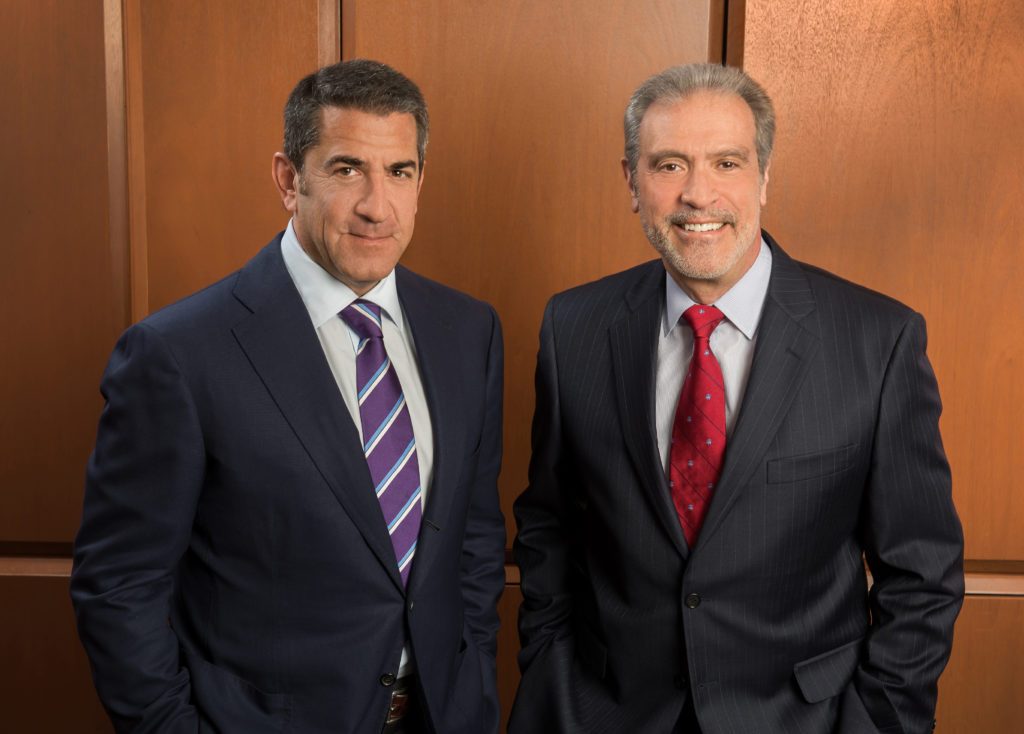Accidents involving large commercial trucks and smaller vehicles typically don’t have the best outcomes. Trucking companies are held to a higher standard regarding safety, and trucking accidents must be investigated immediately in order to pinpoint the cause or contributing factor in an accident. Trucking companies could be held liable for an accident if the driver fell asleep behind the wheel, was speeding to meet corporate expectations or if the truck had defective parts or if repairs weren’t properly made before travel.
A recent article published by ABC News noted that more than 350 people are killed each year in rear-end accidents with big rigs after their vehicles slid underneath the trucks. Although many may assume that the driver of the vehicle is at fault for rear-ending a commercial truck, commercial trucks are also supposed to have properly installed rear impact guards in order to protect vehicles from sliding underneath big rigs in such accidents. However, a recent study suggests that the rear impact guards are not properly stopping vehicles from sliding underneath the trucks, and changes may need to be made in order to prevent fatal underride accidents.
“The standards need to be stronger,” said the president for the Insurance Institute for Highway Safety (IIHS). “These crashes don’t have to be deaths or serious injuries,” the president of the institute continued. The IIHS tested the effectiveness of the rear impact guards by crashing a 2010 Chevy Malibu in the back of a parked trailer. The car was traveling at 35 mph and slid right underneath the truck. Researchers concluded that there would not have been any survivors if the vehicle had been in a real accident.
The ABC News article featured a woman from Minnesota who was severely injured in an underride accident. She said that her life has completely changed since the incident. The woman has had over 40 surgeries and had lost her jaw and parts of her tongue. She now has trouble speaking and cannot eat normal foods.
Unfortunately, the president of the American Trucking Associations said that it has been a “complicated puzzle to solve” when trying to determine the best strength for the rear impact guards. If the strength is too high, the impact could still crush the vehicle, but vehicles are also at risk for sliding under the trucks if the strength is too low. The National Highway Traffic Safety Administration acknowledged that they are aware of the issue and they have been studying whether rear underride standards should be raised or not.
Source:ABC News: “Truck Underride Accidents: Drivers Endangered When Cars Slide Under Trailers,” Lisa Stark, 1 Mar. 2011

